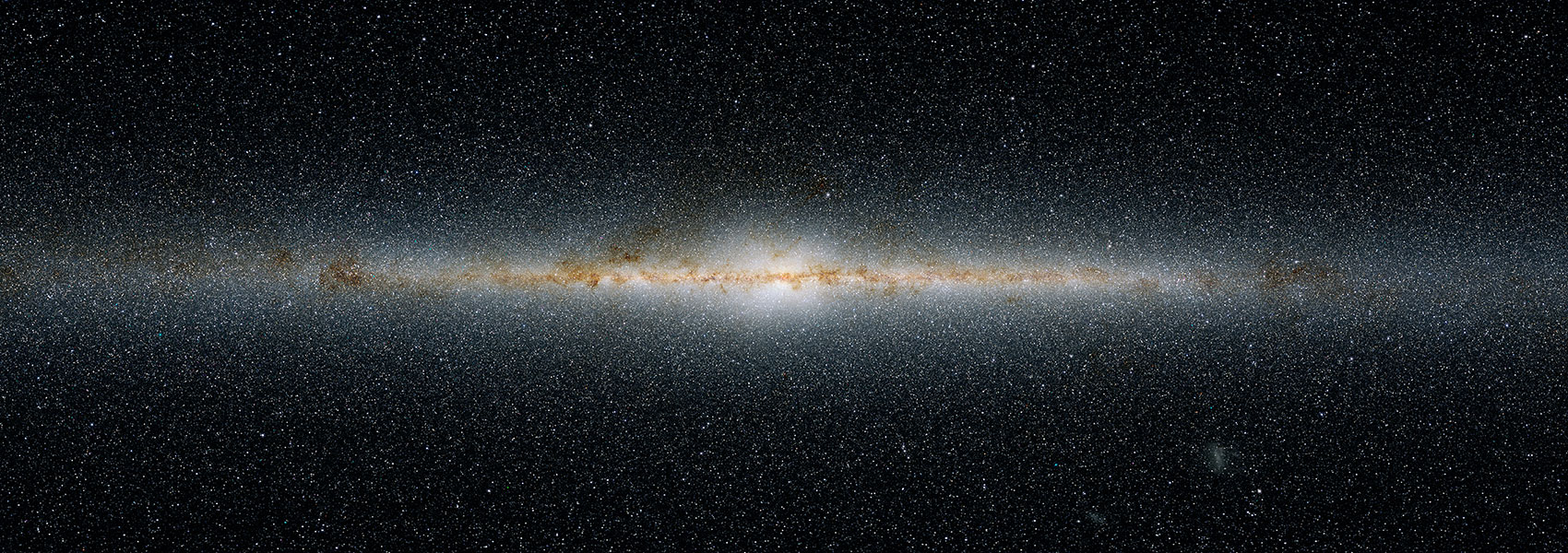
Ejecta, Rings, and Dust in SN 1987A with JWST MIRI/MRS
November 2023 • 2023ApJ...958...95J
Abstract • Supernova (SN) 1987A is the nearest supernova in ~400 yr. Using the JWST MIRI Medium Resolution Spectrograph, we spatially resolved the ejecta, equatorial ring (ER), and outer rings in the mid-infrared 12,927 days (35.4 yr) after the explosion. The spectra are rich in line and dust continuum emission, both in the ejecta and the ring. The broad emission lines (280-380 km s-1 FWHM) that are seen from all singly-ionized species originate from the expanding ER, with properties consistent with dense post-shock cooling gas. Narrower emission lines (100-170 km s-1 FWHM) are seen from species originating from a more extended lower-density component whose high ionization may have been produced by shocks progressing through the ER or by the UV radiation pulse associated with the original supernova event. The asymmetric east-west dust emission in the ER has continued to fade, with constant temperature, signifying a reduction in dust mass. Small grains in the ER are preferentially destroyed, with larger grains from the progenitor surviving the transition from SN into SNR. The ER dust is fit with a single set of optical constants, eliminating the need for a secondary featureless hot dust component. We find several broad ejecta emission lines from [Ne II], [Ar II], [Fe II], and [Ni II]. With the exception of [Fe II] 25.99 μm, these all originate from the ejecta close to the ring and are likely to be excited by X-rays from the interaction. The [Fe II] 5.34 to 25.99 μm line ratio indicates a temperature of only a few hundred K in the inner core, which is consistent with being powered by 44 Ti decay.
Links
- PREPRINT http://arxiv.org/abs/2307.06692
- NED https://ned.ipac.caltech.edu/uri/NED::InRefcode/2023ApJ...958...95J
- ELECTR https://doi.org/10.3847/1538-4357/ad0036
- SIMBAD https://simbad.u-strasbg.fr/simbad/sim-ref?querymethod=bib&simbo=on&submit=submit+bibcode&bibcode=2023ApJ...958...95J
- PDF https://iopscience.iop.org/article/10.3847/1538-4357/ad0036/pdf
- DATA https://archive.stsci.edu/mastbibref.php?bibcode=2023ApJ...958...95J
- DATA https://archive.stsci.edu/mastbibref.php?bibcode=2023ApJ...958...95J
- DATA https://doi.org/10.17909/pz4v-ej33
- DATA https://hst.esac.esa.int/ehst/#/pages/search;bibcode=2023ApJ...958...95J


